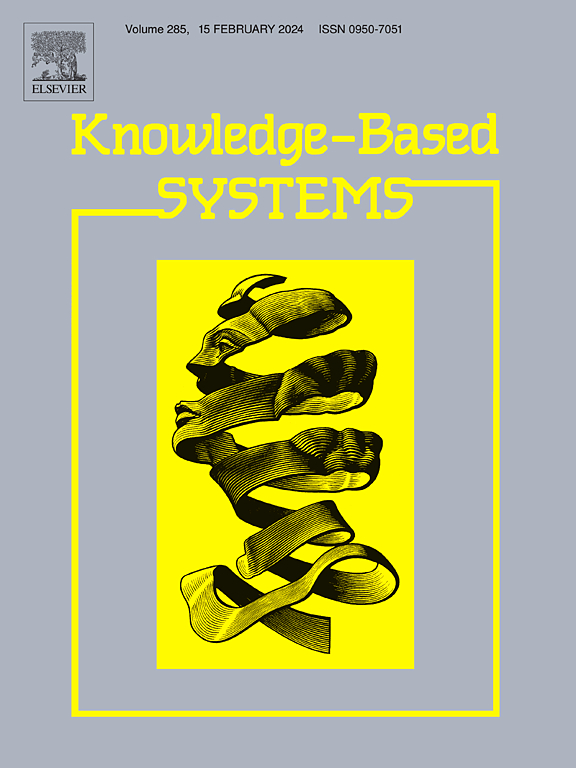用于高维代用建模和优化的有监督内核主成分分析-多项式混沌-克里金法
IF 7.2
1区 计算机科学
Q1 COMPUTER SCIENCE, ARTIFICIAL INTELLIGENCE
引用次数: 0
摘要
基于代理的优化(SBO)方法在昂贵的飞机气动设计中越来越受欢迎。然而,随着复杂形状参数化所需的设计变量数量不断增加,SBO 面临着维数诅咒的严重困难。为了改善这一问题,有人提出了一种有监督的非线性降维代理建模方法。这种方法将监督内核主成分分析(SKPCA)和多项式混沌-克里金(PCK)技术结合到联合代建模过程中,自适应地建立了从高维输入到系统输出的精确映射。这种 SKPCA-PCK 方法充分考虑了输入对输出的影响,并在代用建模过程中自适应地训练这些超参数,从而摆脱了当前线性或无监督降维方法预测精度低和代用模型不稳定的问题。此外,还为高维空气动力学设计开发了一种基于 SKPCA-PCK 的高效全局优化方法。通过研究两个数值实例,即跨音速 RAE2822 机翼和 NASA 通用研究模型机翼,检验了所提方法的性能。结果表明,与无监督线性 PCA-Kriging 方法相比,拟议的 SKPCA-PCK 方法显著提高了建模效率和精度。更重要的是,与基于克里金的优化方法相比,基于 SKPCA-PCK 的优化方法为涉及高维设计变量的昂贵的单点和稳健气动设计提供了更好的性能和更高的优化效率。这些结果进一步证明,所提出的方法为减轻 SBO 中的维度诅咒提供了一种可行的方法。本文章由计算机程序翻译,如有差异,请以英文原文为准。
Supervised kernel principal component analysis-polynomial chaos-Kriging for high-dimensional surrogate modelling and optimization
Surrogate-based optimization (SBO) approach is becoming more and more popular in the expensive aerodynamic design of aircraft. However, with increasing number of design variables required for parameterizing a complex shape, SBO is suffering from the serious difficulty of the curse of dimensionality. To ameliorate this issue, a supervised nonlinear dimensionality-reduction surrogate modelling method was proposed. Such a method combines the supervised kernel principal component analysis (SKPCA) and polynomial chaos-Kriging (PCK) techniques into the jointly surrogate modelling process and adaptively establishes the accurate mapping from the high-dimensional inputs to the output of the system. This SKPCA-PCK method, which fully considers the effect of inputs on outputs and adaptively trains these hyper-parameters in the surrogate modelling process, escapes from the low prediction accuracy and instability of the surrogate model in conjunction with current linear or unsupervised dimensionality-reduction methods. Further, an efficient SKPCA-PCK-based global optimization method for high-dimensional aerodynamic design was developed. The performance of the proposed method is examined by investigating two numerical examples, the transonic RAE2822 airfoil and the wing of the NASA Common Research Model. Results demonstrate that the proposed SKPCA-PCK method significantly improves the modelling efficiency and accuracy compared to the unsupervised linear PCA-Kriging method. More importantly, the proposed SKPCA-PCK-based optimization method provides better performance and an appreciably higher optimization efficiency for expensive single-point and robust aerodynamic design involving high-dimensional design variables compared to the Kriging-based optimization method. These results provide further evidence that the proposed method provides a promising approach for mitigating the curse of dimensionality in SBO.
求助全文
通过发布文献求助,成功后即可免费获取论文全文。
去求助
来源期刊

Knowledge-Based Systems
工程技术-计算机:人工智能
CiteScore
14.80
自引率
12.50%
发文量
1245
审稿时长
7.8 months
期刊介绍:
Knowledge-Based Systems, an international and interdisciplinary journal in artificial intelligence, publishes original, innovative, and creative research results in the field. It focuses on knowledge-based and other artificial intelligence techniques-based systems. The journal aims to support human prediction and decision-making through data science and computation techniques, provide a balanced coverage of theory and practical study, and encourage the development and implementation of knowledge-based intelligence models, methods, systems, and software tools. Applications in business, government, education, engineering, and healthcare are emphasized.
 求助内容:
求助内容: 应助结果提醒方式:
应助结果提醒方式:


